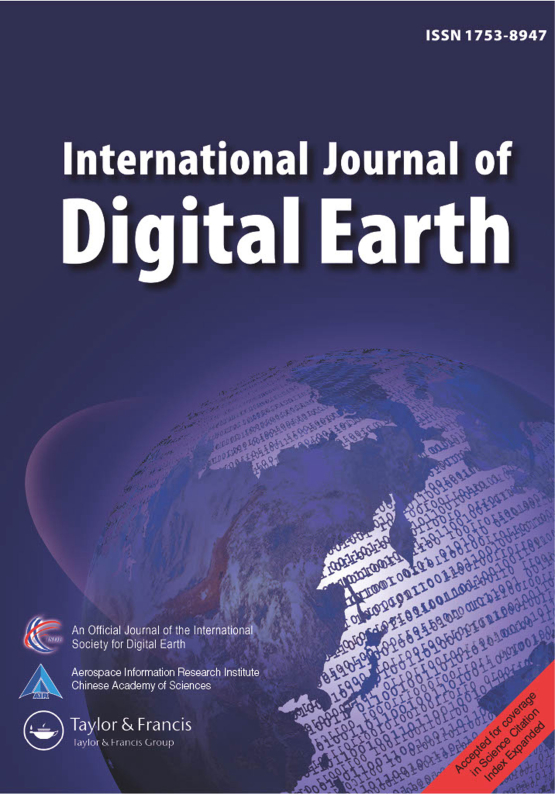通过整合遥感图像和众包地理空间数据,准确绘制城市绿地社会功能区地图
IF 4.9
1区 地球科学
Q1 GEOGRAPHY, PHYSICAL
引用次数: 0
摘要
城市绿地(UGSs)的物理特征和社会功能对于城市居民的生态和社会效益都至关重要。越来越多的人开始关注...本文章由计算机程序翻译,如有差异,请以英文原文为准。
Accurately mapping social functional zones of urban green spaces by integrating remote sensing images and crowd-sourced geospatial data
Both the physical features and social functions of urban green spaces (UGSs) are crucially important to the ecological and social benefits of urban residents. Increasing attention has been focused ...
求助全文
通过发布文献求助,成功后即可免费获取论文全文。
去求助
来源期刊
CiteScore
6.50
自引率
3.90%
发文量
88
审稿时长
3 months
期刊介绍:
The International Journal of Digital Earth is a response to this initiative. This peer-reviewed academic journal (SCI-E) focuses on the theories, technologies, applications, and societal implications of Digital Earth and those visionary concepts that will enable a modeled virtual world. The journal encourages papers that:
Progress visions for Digital Earth frameworks, policies, and standards;
Explore geographically referenced 3D, 4D, or 5D models to represent the real planet, and geo-data-intensive science and discovery;
Develop methods that turn all forms of geo-referenced data, from scientific to social, into useful information that can be analyzed, visualized, and shared;
Present innovative, operational applications and pilots of Digital Earth technologies at a local, national, regional, and global level;
Expand the role of Digital Earth in the fields of Earth science, including climate change, adaptation and health related issues,natural disasters, new energy sources, agricultural and food security, and urban planning;
Foster the use of web-based public-domain platforms, social networks, and location-based services for the sharing of digital data, models, and information about the virtual Earth; and
Explore the role of social media and citizen-provided data in generating geo-referenced information in the spatial sciences and technologies.

 求助内容:
求助内容: 应助结果提醒方式:
应助结果提醒方式:


